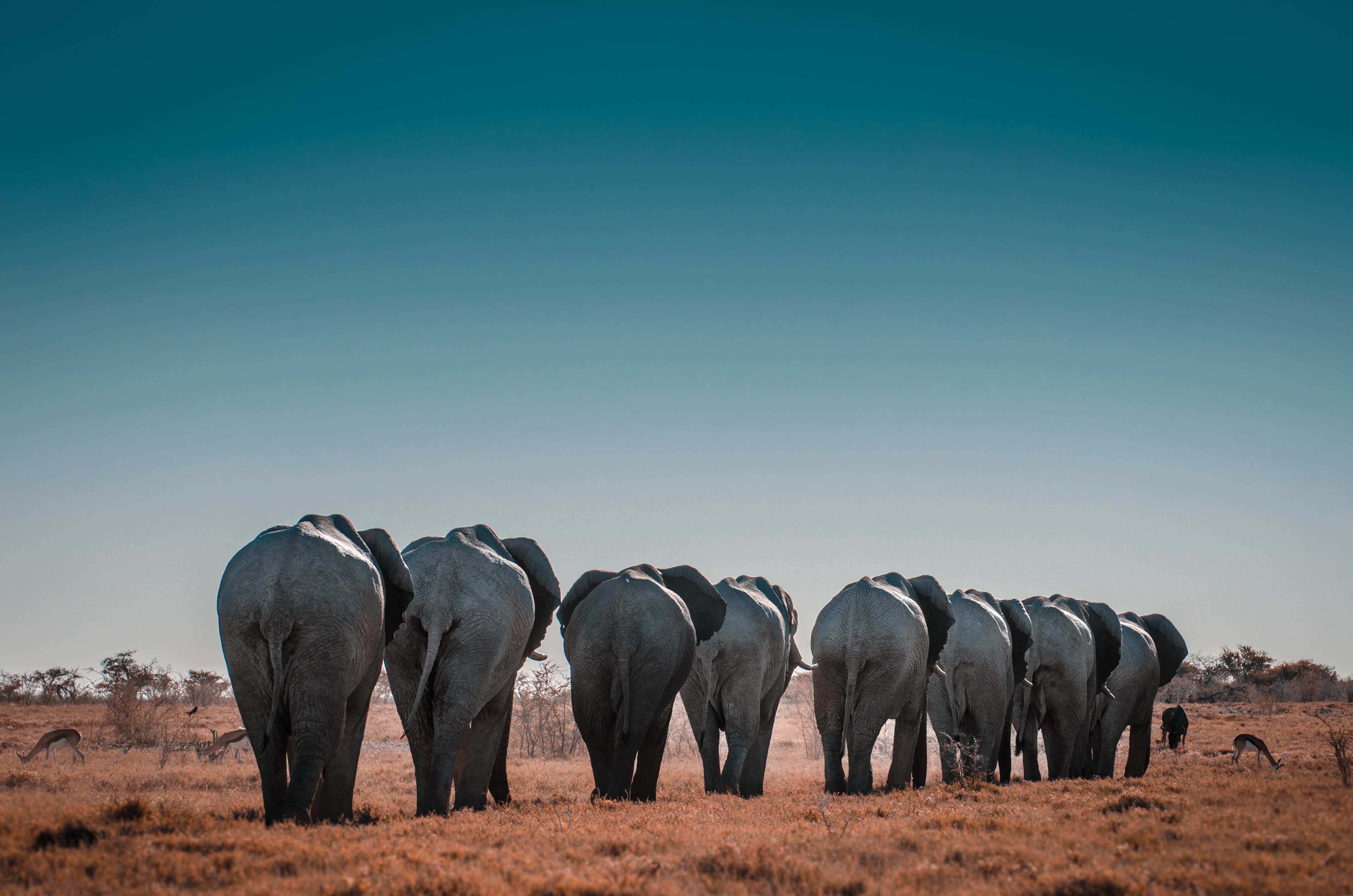News release
From:
Group-living mammals may live the longest *IMAGES*
Mammals that live in groups may generally live longer than members of solitary species, suggests a Nature Communications paper. The findings are based on an analysis of nearly 1,000 mammals — including the golden snub-nosed monkey, naked mole-rat, bowhead whale and horseshoe bat — and may improve our understanding of the evolution of social organization and longevity in these species.
Mammals exhibit a wide variety of social organisations, including solitary living, pair-living, and various forms of group-living. They also show a 100-fold variation in maximum lifespan, ranging from about 2 years in shrews to more than 200 years in bowhead whales. Previous research on individual species, such as chacma baboons, found that individuals with strong social bonds live longer than those with weak connections. Group living has been found to limit the risk of predation and starvation, which can enhance longevity in mammals. However, analyses between different species have been limited. Additionally, the molecular mechanisms underlying the evolutionary relationships between sociality and longevity in mammals, which are important for understanding their evolution, are unclear.
Xuming Zhou, Ming Li and colleagues analysed 974 species of mammal to compare three categories of social organization (solitary, pair-living, and group-living) with longevity. Group-living species included the Asian and African elephant, ring-tailed lemur, mountain zebra, and horseshoe bat, and solitary species included the dugong, aardvark, and eastern chipmunk. They found that group-living species generally live longer than solitary species, supporting the correlated evolution of social organisation and longevity. For example, northern short-tailed shrews (which are solitary) and greater horseshoe bats (which live in groups) are both similar in weight but have maximum lifespans of about 2 years and 30 years, respectively. The authors also performed a transcriptomic analysis, a type of genetic analysis, for 94 species of mammal and identified 31 genes, hormones and immunity-related pathways broadly associated with both social organization and longevity.
The findings provide a foundation for further experiments and follow-up investigations into the mechanisms behind group living and longevity.
Multimedia





 Australia; WA
Australia; WA



